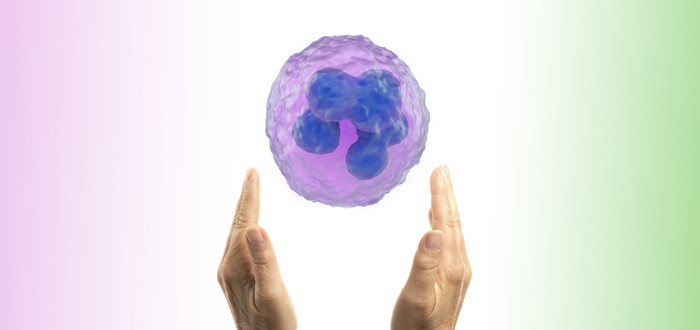Mesothelioma diagnosis could be as easy as flipping on a light switch.
Writing in the journal Annals of Thoracic Cardiovascular Surgery, scientists from Asahikawa Medical University in Hokkaido, Japan, announced they were able to detect pleural lesions by using autofluorescence imaging.
Autofluorescence is the spontaneous emission of light that occurs when cells absorb light.
According to the researchers, if you shine a blue light on healthy cells, they give back green light.
But if you shine that same blue light on a mesothelioma tumor, it doesn’t give back a green light — instead, it gives back a violet or red-violet light.
This happens because the mucosal epithelium of the cancerous cell mass is thicker than that of healthy cells, so less light is absorbed. There being less light, the visible color spectrum shifts toward red-violet.
Bottom line: if your mesothelium shines green, you’re good; if not, you probably have mesothelioma.
Mesothelioma Diagnosis Using Autofluorescence
Published in 2014, the study “Photodynamic Diagnoses of Malignant Pleural Diseases Using the Autofluorescence Imaging System” examined the effectiveness of autofluorescence in video-assisted thoracic surgery.
The thoracic surgery targeted early malignant pleural mesothelioma.
The researchers decided to conduct this study after realizing that visually inspecting pleural surfaces for signs of mesothelioma is by no means the most reliable method.
Yet, visual inspection stands apart as easier to perform than a biopsy. It’s also much faster.
With that in mind, the researchers set out to find a better way to diagnose mesothelioma and check during a surgical procedure for tiny remnants of mesothelioma tissues that the knife might have missed.
Tiny remnants are understood to be a factor that promotes the recurrence of intrathoracic mesothelioma after surgery.
Accordingly, the researchers began their quest convinced that diagnostic and assessment methods that have greater accuracy are needed. The researchers decided to conduct their study with the aid of a rigid thoracoscope that they fitted with an autofluorescence imaging system.
Using this setup, the researchers were able to detect mesothelioma cells growing on both surfaces of the mesothelium in their test subjects — the surface facing the chest wall and the one facing the lung.
A Related Mesothelioma Autofluorescence Study
The researchers explained that among the chemicals responsible for creating autofluorescence in humans are nicotinamide-adenine dinucleotide phosphate and flavin-adenine dinucleotide. Also contributing are collagen and fibronectin.
When they shined the blue light on the pleural surfaces, there was only one type of tumor that showed no shift in color spectrum — those attributed to pleural fibrous disease.
But all mesothelioma tumors shifted color spectrum.
However, even though they were able to identify mesothelioma tumors using autofluorescence, the researchers indicated they encountered trouble defining the border between neighboring cancer and non-cancer cells.
“Based on our present results, autofluorescence imaging alone has limitations in delineating the borders and properties of lesions,” they conceded.
Since completing the study, the researchers have embarked on a new exploration — this time to see if they can delineate those borders any better with the help of an orally taken, preoperative contrast agent called 5-ALA.
“Orally administered 5-ALA is metabolized to protoporphyrin IX, a precursor of heme, in the mitochondria of cells and is retained within malignant cells,” they wrote. “Protoporphyrin IX emits red to pink light.”

